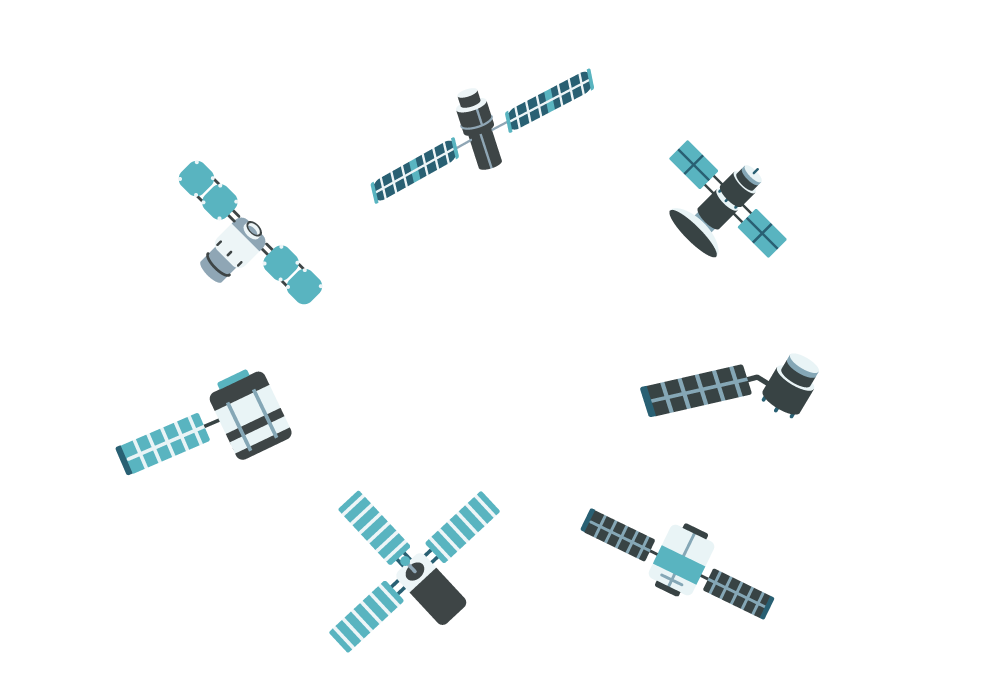
Mahajamba River, Madagascar (2020)
Mogadiscio, Somalia (2020)
Baffin Bay, Greenland (2019)
The availability of satellite images of the entire world, with a near-daily frequency, allow for the identification and monitoring of all these natural phenomena and human activities that result in notable changes in the Earth’s surface. The Copernicus program, coordinated by the European Space Agency (ESA), offers a large amount of data for the purpose of providing a global view of the Earth’s health.
Satellite images allow us to study the evolution and detect the consequences of volcanic eruptions, earthquakes, forest fires, floods, glacier melting, deforestation, or the impact of urban sprawl, among others. But how are images of the Earth obtained and processed?
This process is known as Remote Sensing.

Bombetoka Bay, Madagascar (2017)

Richart Structure, Sahara Desert (2020)

The GIS and Remote Sensing Service (SIGTE) of the University of Girona is part of the Copernicus Academy, a network of universities, research centers and organizations with the goal to exchange knowledge and experiences on the Copernicus, Earth observation program.
CC BY-NC-ND | Satellite imagery: CC BY 4.0 Sentinel Hub EO Browser | Legal notice and data protection